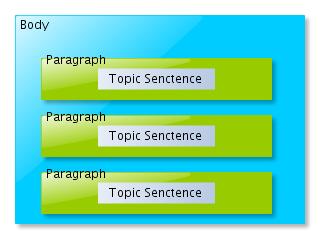When President Franklin D. Roosevelt uttered his most famous quote: "There is nothing to fear but fear itself." in 1933, he was addressing a nation mired deep in recession, possibly the most complex of problem to face a country. The economy, with it's many dependencies and rules, seemed unable to find a way to solve it's own problems. However, President Roosevelt was not addressing the economists or Wall Street per se, he was addressing the entire population, everyone that participated in the economy. His message was simple "Do not be afraid."
We all have a fear of the unknown. This is a natural, self-preservation response designed to keep you from poking your hand into a dark hole. Who knows what could be in it. A poisonous snake. A raccoon with sharp claws. An old, rusty bear trap. We are also conditioned to feel safe in familiar environments. This is an effect of the fear of the unknown. Only the effect on us is the opposite. Instead of feeling fear or dread, we fell safe and secure. What we feel as being out of harm's way is actually the result of us being afraid.
The same fear of the unknown also makes us believe that tomorrow will be the same as today. We fool ourselves in to thinking that the future will be the same as the present. The simple proof of that is to just look in to the past. It is different. It may be in small ways like the tree growing a little taller. It can also be in big ways like the devastation brought on by a tsunami. We discount the existence of change. Change does not exist, we convince ourselves. See how silly that sounds once you read it?
We all have a fear of the unknown. This is a natural, self-preservation response designed to keep you from poking your hand into a dark hole. Who knows what could be in it. A poisonous snake. A raccoon with sharp claws. An old, rusty bear trap. We are also conditioned to feel safe in familiar environments. This is an effect of the fear of the unknown. Only the effect on us is the opposite. Instead of feeling fear or dread, we fell safe and secure. What we feel as being out of harm's way is actually the result of us being afraid.
The same fear of the unknown also makes us believe that tomorrow will be the same as today. We fool ourselves in to thinking that the future will be the same as the present. The simple proof of that is to just look in to the past. It is different. It may be in small ways like the tree growing a little taller. It can also be in big ways like the devastation brought on by a tsunami. We discount the existence of change. Change does not exist, we convince ourselves. See how silly that sounds once you read it?




